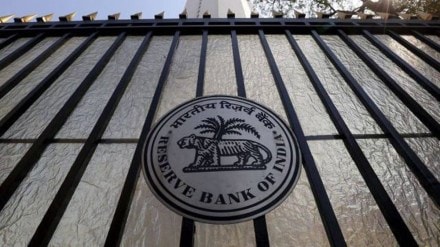The Reserve Bank of India (RBI) believes that the Indian economy is resilient, and is expecting robust macroeconomic growth going ahead, RBI Monetary Policy Committee (MPC) external member Ashima Goyal tells Piyush Shukla in an interview. The regulator, however, is also mindful of the risks associated with growth, including global slowdown, geopolitical tensions, and erratic weather. Excerpts.
How confident is RBI on the growth front and what are some major risks associated with growth?
The RBI believes the economy is resilient and expects robust growth. There are risks from a global slowdown, geopolitics and erratic weather.
On the global economy front, what are the crucial aspects to watch out for?
Also read: ECGC sets Rs 10 trn target for exports risk cover in FY24
India’s large domestic demand, continuing global demand for outsourced services, and large remittances insulate it somewhat from the global slowdown. International oil prices are still important for domestic inflation.
How concerning is service inflation, given the strong pent-up demand?
Wages are the highest share of cost in services. Wage growth in IT services has slowed because of a slowdown in exports. Overall wage growth is not high. The labour market is still slack.
What is your view on demand picking up in rural areas?
Despite erratic weather, the rabi crop has been good and rural incomes are rising, pointing to resilience and diversification in agriculture. But uncertainties around monsoon need to resolve.
If we leave aside the base effect, is the core inflation still concerning?
The confidence that inflation is sustainably approaching 4% requires core inflation also to reduce. If core inflation is high and sticky, reaching the inflation target could be long drawn out. But core inflation has already fallen from around 6% to around 5% and over a number of commodity groups, suggesting it is not sticky. Past persistence was likely due to multiple supply shocks. Input prices are more than 50% of manufacturing prices and these are finally coming down. Since demand is slack it is good strategy to pass on fall in costs to consumers. This would lead to a further fall in core inflation and indicate a sustainable approach to the target. Any monsoon impact should be transient. But since we have had a number of supply shocks it is better to wait for these effects to play out over the next few months.
Can the high interest rate be an impediment to recovery? Your last MPC minutes showed concern over lack of loan growth in affordable and low-ticket housing segments.
Also read: Storage at 92% of last year’s record level, but 112% of 10-year average
There are vulnerable elements. The investment cycle is just turning after a number of years and needs to be protected. That is why the real repo rate should not rise much above 1%. This is adequate to bring inflation to target.
Till what point will RBI be tolerant about falling growth?
The RBI wants sustainable high growth, but not inflationary growth.
Do actions of other central banks shape the MPC’s rate decision or it is absolutely independent?
The MPC acts to counter any effect of other central banks actions on our economy, not to follow the central banks. The MPC does watch for the impact of spillovers from other nations. But India has reached a level of economic diversity where it is possible to smoothen external shocks.
